
Is Your Deck Safe and Ready for Springtime?
Spring is around the corner. Like many homeowners, you want to make sure your backyard living space is ready for use. Prep means making certain your decking is safe and free from issues. In this article, we uncover the ugly truth about wood deck safety. While the subject is important, these tips will make you mindful, helping get ready for spring and summer. Let’s get started.

Know Legal Issues for Deck Safety.
In 2017, faulty decks were the cause of 8.59 million nonfatal injuries. Out of these falls, over 36,000 deaths occurred. As you can imagine, this made quite the stir for homeowners who were unaware never considering a wood deck to be an issue. Most cases, we don’t think of it, since we rarely exceed payload of the structure. Regardless, NOT thinking about deck safety is more dangerous than many assume. For instance, a deck that is over 10-years-old may look solid, but could be a hazard. Rotting wood, loose or obtrusive nails and many other problems can be hidden. If injury occurs from a faulty deck, you could face a lawsuit. Tip #1: Be sure to understand and know the legal issues that take place if these types of injuries occur.

Will Homeowner’s Insurance Cover My Deck Repairs?
Homeowner’s Insurance doesn’t always cover deck issues. Reason being, most of the time repair and operation is a homeowner’s responsibility. For instance, your agent may not cover normal wear and tear. Many insurance companies do not. Also, things like insect or rodent damage are up to you to combat where your claim will not apply. However, if a fire occurs because of a grill tipping over, that is another story. Tip#2: Always contact your insurance agent to find what is in your policy.
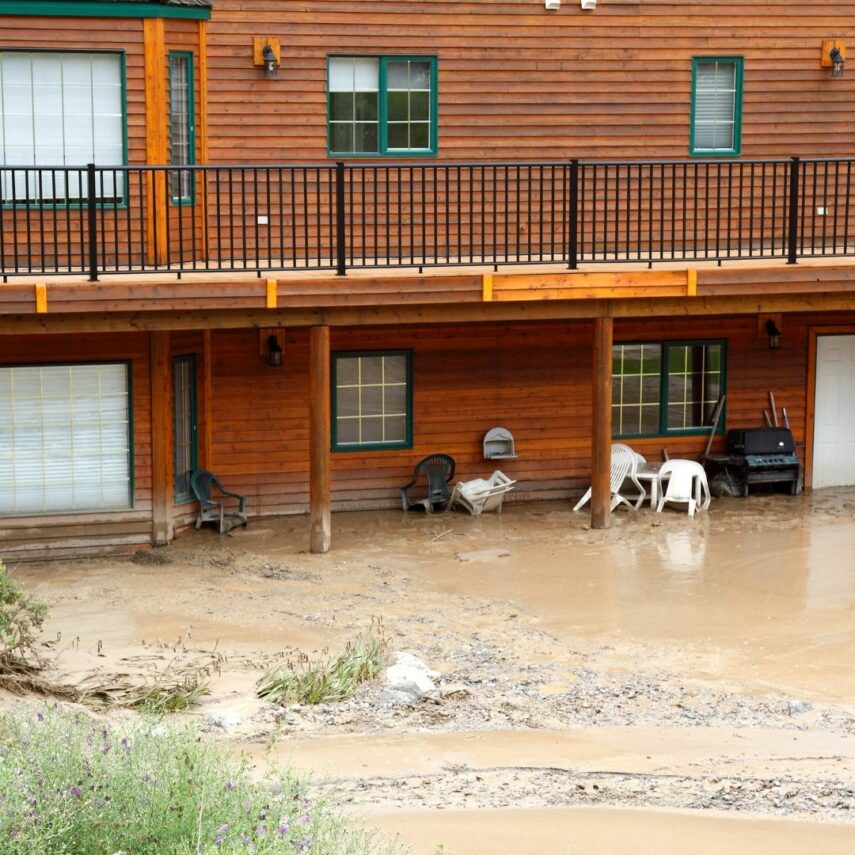
Check for Water Damage Causing Issues with Deck Safety
Water damage is something that can happen almost anywhere. That is especially true when you live in a place like Northern Colorado. Why? We could have a drought one month, followed by torrential downpours the next. All that moisture can destroy the hardwood making your deck unsafe. A straightforward way to see if there’s any issues, is hosing down the deck and follow where the water goes. Find any puddles or places where the water is gathering may lead to trouble later. Is water getting behind the deck where it’s attached to the house? Can moisture get stuck inside the joints? All these are potential hazards. Tip #3: Mold and discoloring could be good indicators the deck is in need of repair. Contact a handyman or deck company for peace of mind.
Wood Rot, Splinters, Cupping and Sinking
Looking for rotting wood, splinters, and cupping are all important aspects of safety. Tip #4: If you can stick the end of a screwdriver inside a nick or hole, it may be time for a replacement or fix. Through time, the wood will become damaged with cracks and things like galvanic rot which sometimes cause corrosion. Also, cupping or sinking can happen as the wooden boards are rotting from the inside out. A good carpenter can often repair the section in need and may not have to replace the entire structure.
“OUCH! YOU NAILED IT!”
Have you ever stepped on a nail sticking out of the deck while walking barefoot? Nails are yet another highly dangerous problem for older style decking. Certain hardware can rust, discolor, and ruin the boards. Tip #5: In most cases, you can hammer them back in place. But, if you see a lot of discoloring, explore further.
Testing the Posts or Joists
Joists, beams and posts handle the integrity of your deck. Sometimes, repairs are easier with “Sistering” where you shave down to healthy wood, attaching a reinforcing board, then a sealer. Sistering may be good for some deck repair, but it’s not always effective. Tip#6: If the wood is soft, some serious attention is in need. Be sure to cover all areas.
Don’t Fly Off the Rail
Flying off the rail sounds kind of funny, it’s actually very serious. Tip#7: Lean on the rail to test it for damage. If it is leaning, don’t take the chance. You want to avoid disaster. Repair it and have peace of mind.
How Often Should I Check My Deck for Safety?
Inspectors recommend doing a deck inspection once every 5-10 years. However, if the weather is active, with tons of snow or an extraordinary amount of rain, it will be time to give your deck needed attention. Tip#8: Don’t hesitate to hire someone to do repairs as accidents are what you want to avoid and deck safety is the name of the game.
Sealing isn’t Just Pretty
Sealing a wood deck is imperative for its maintenance. Sealant serves a specific purpose, not just for looking pretty. Since we live so close to the sun in Colorado, a good staining will provide additional protection. Deck stains protect and preserve your investment making them safer. Look for a sealer that is highly recommended and lasts long. Both Tough Timber and Marine Seal are good for our region. Tip#9: Remember to wait at least 30-days before applying a coat of deck sealant. If water beads up, then it’s NOT time.
Wood Deck Versus Composite
Decks are popular with many of today’s modern homes. Another material has gained in popularity through the years. Composite Wood Versus Natural Wood Decks, is ease of use and almost no maintenance. CWD does not need sanding, sealant or paint. Whereas natural wood will require extra work, materials and is time consuming. Tip#10:Remember, a composite deck looks extremely beautiful and are a pleasure to walk on as they are smoother where you never get a splinter.
From legal to composite wood decking, we hope you’re inspired. Bear in mind, if you’re considering selling a vacation property, or residential home, you may need to make these repairs prior to listing. Let us know if you would like someone to give you an estimate or a home appraisal. We are always happy to hear from you.
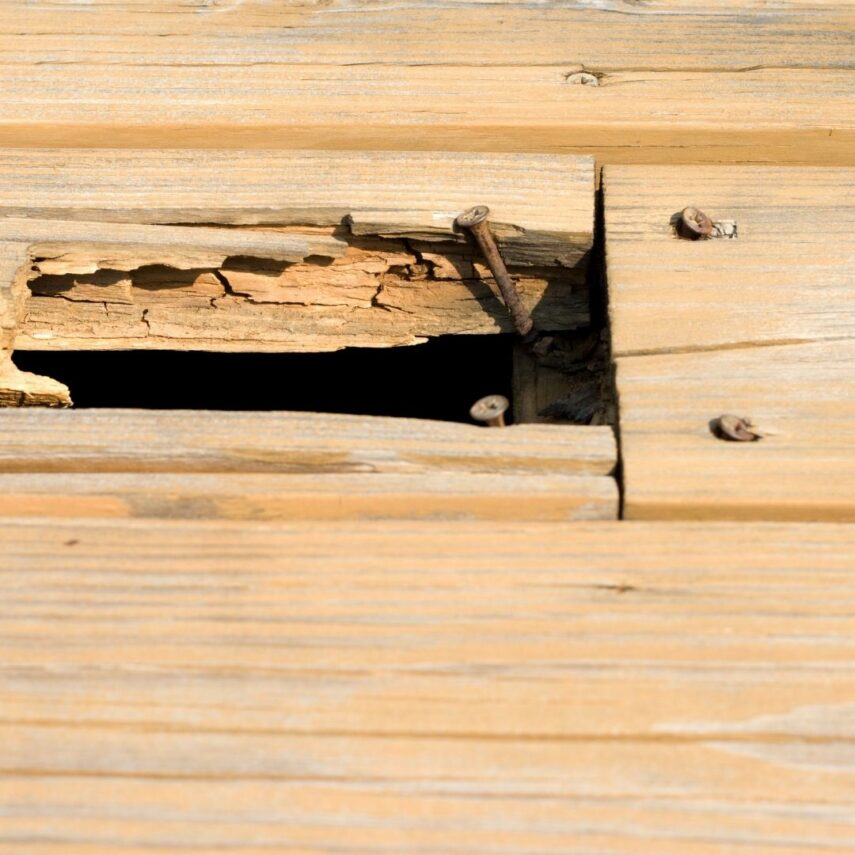
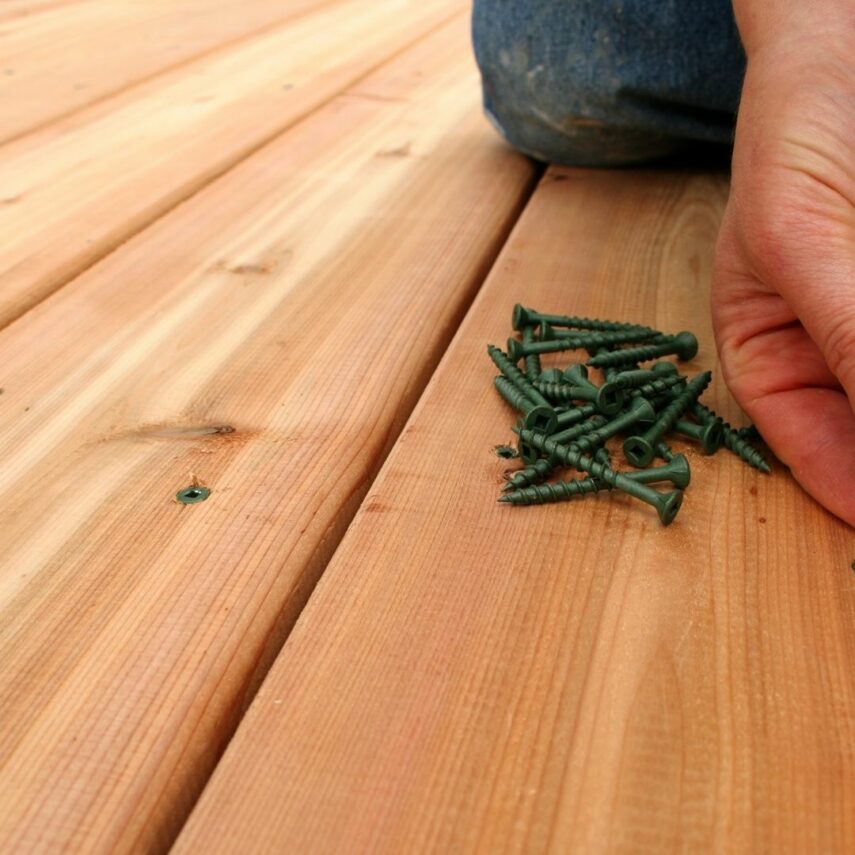
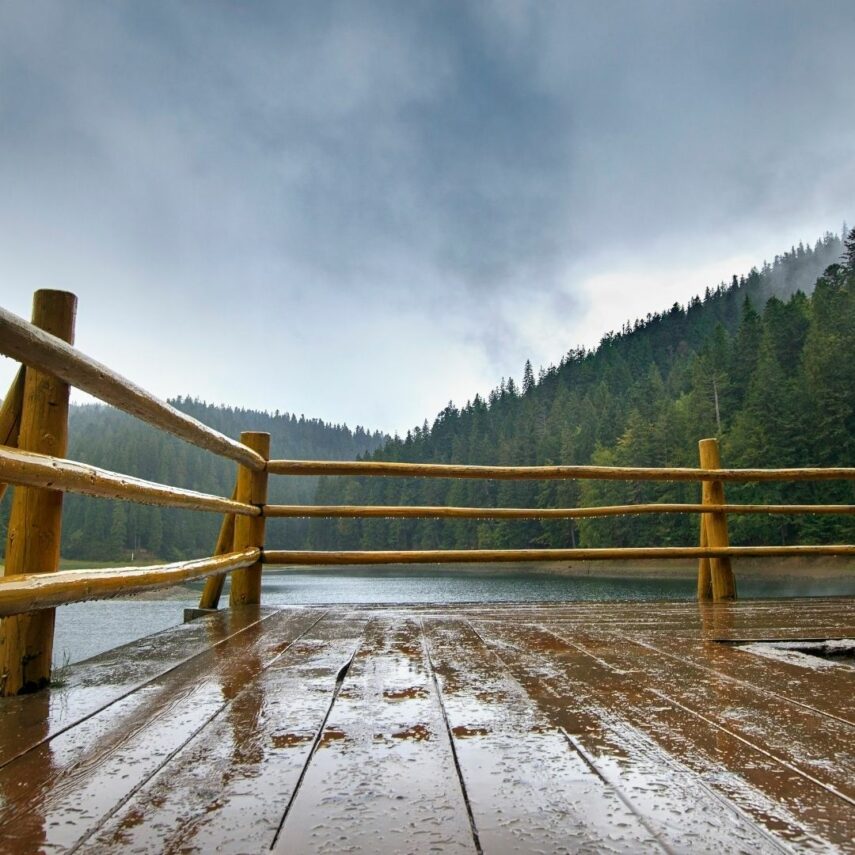
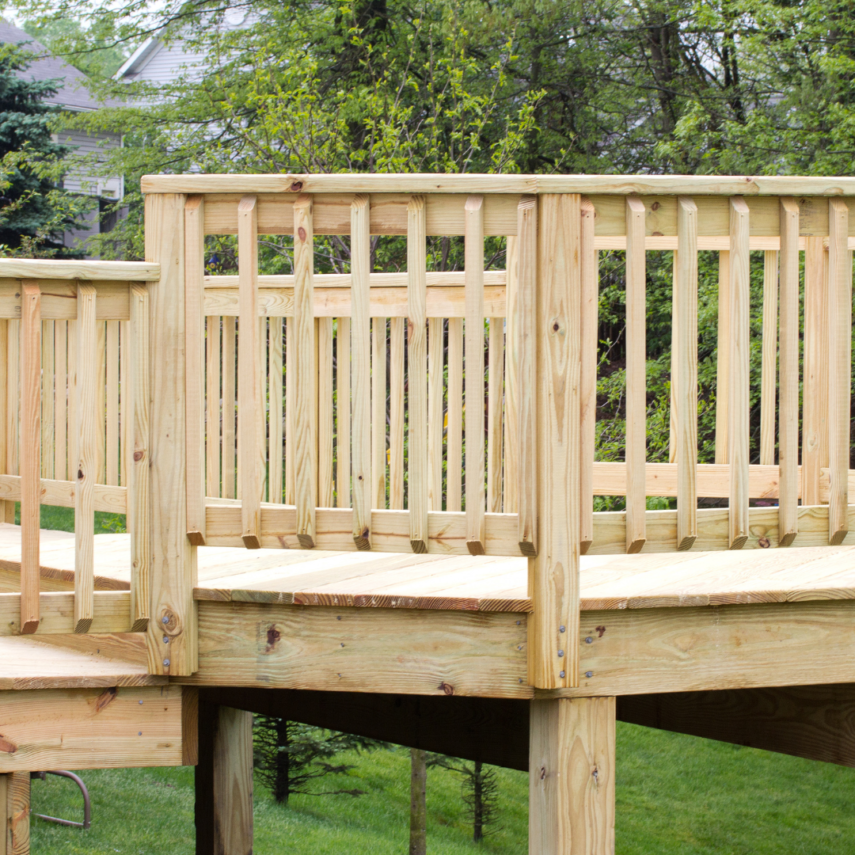
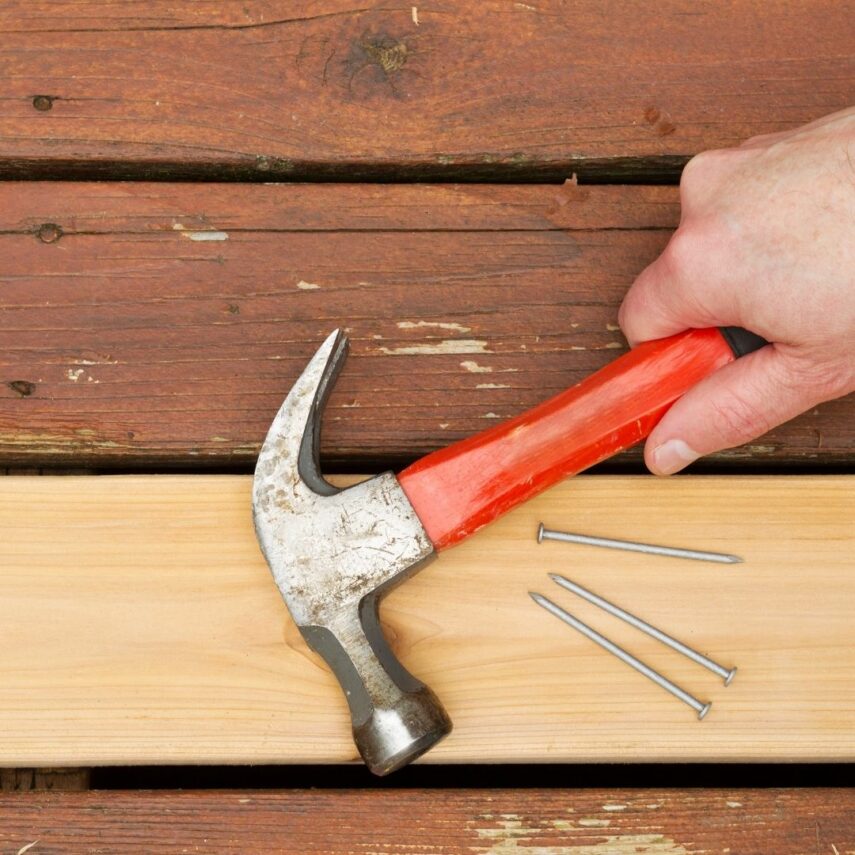
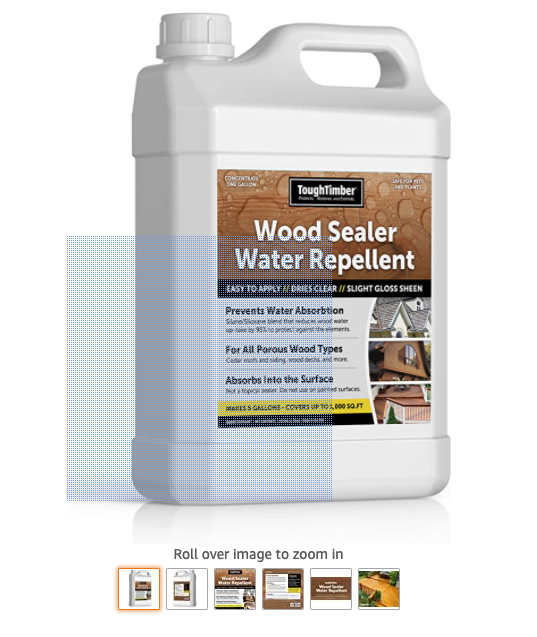






Leave a Reply